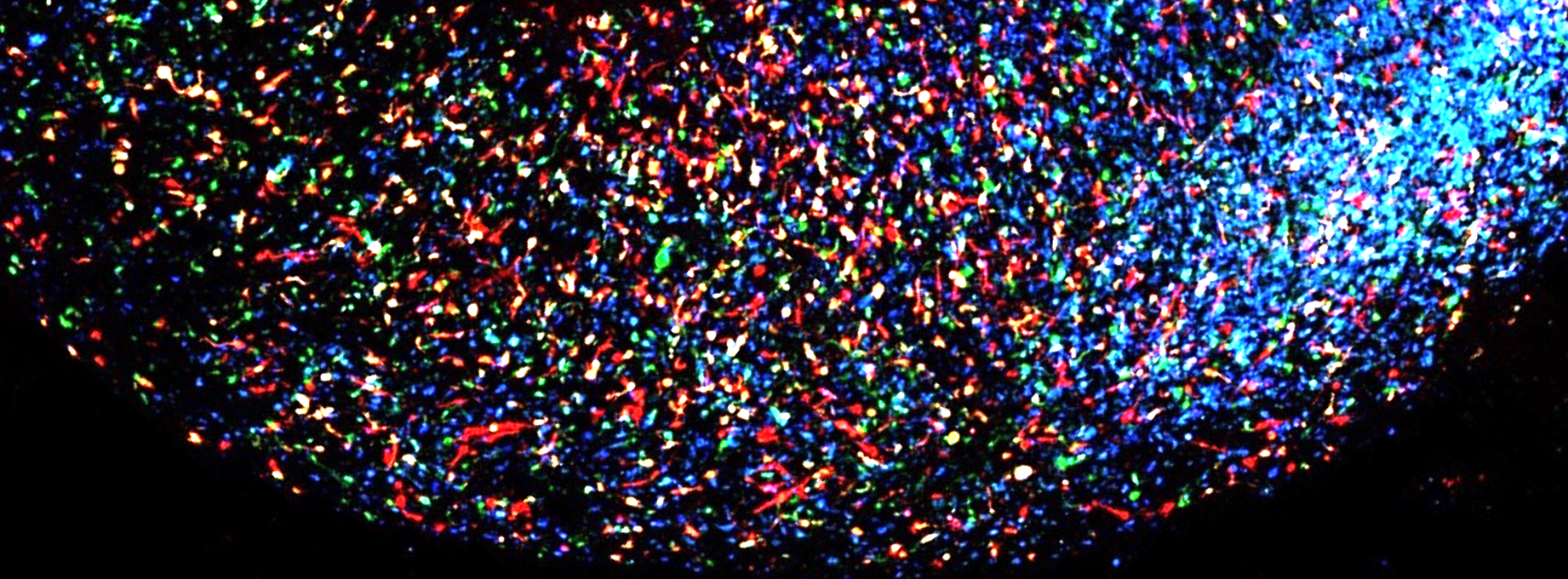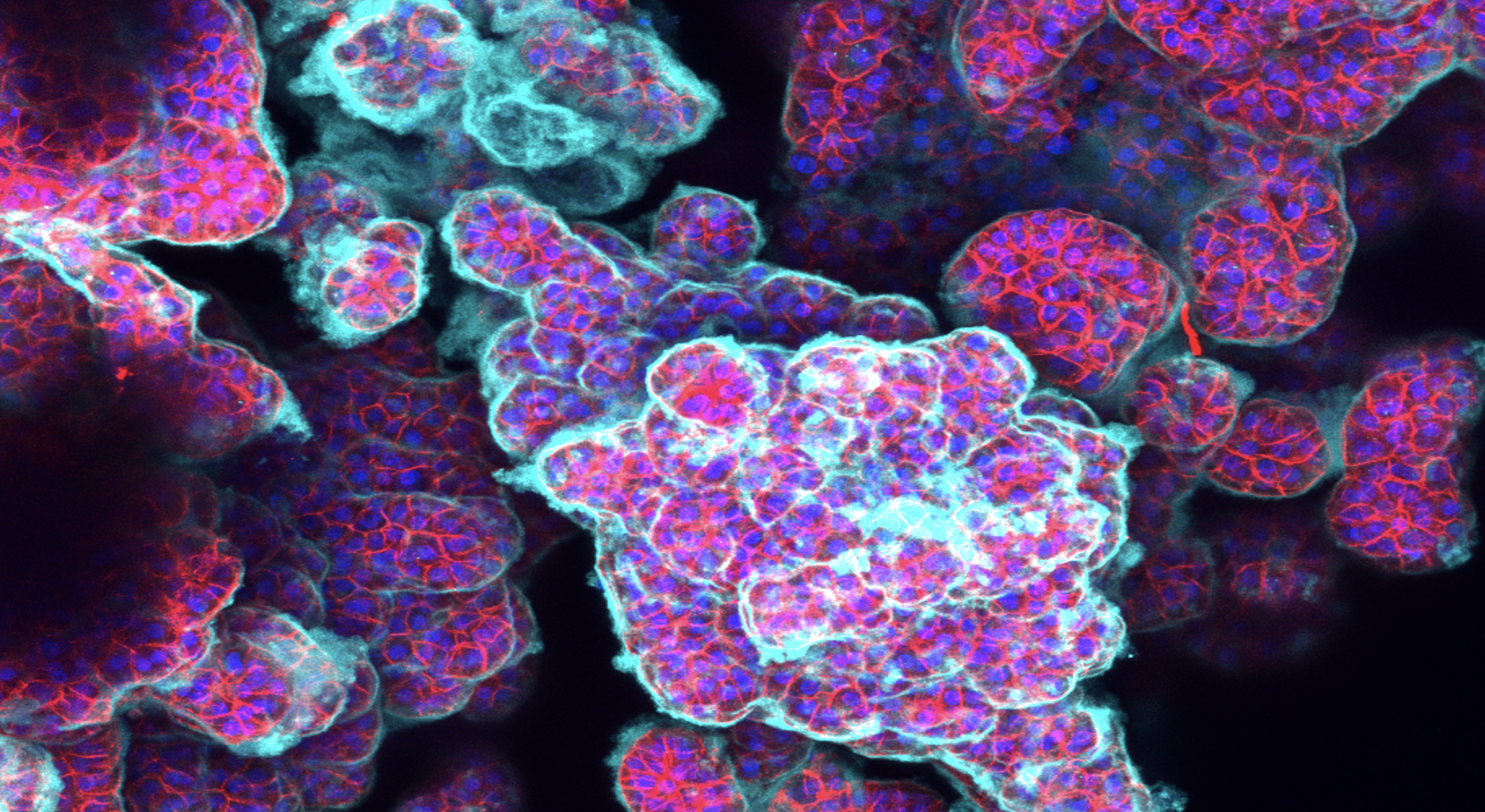
Our Research lines
Our lab uses a combination of organoid models, genetic engineering tools, and sophisticated read-outs, such as live imaging and -omics analyses, to address prominent biological questions that spark our interest. Our research spans from development to disease, including cancer, primarily of the brain and the liver. We are enthusiastic about pushing the boundaries of in vitro models to address in vivo problems. To know more, see our publications

Next generation human organoid models
Human biology is extremely complex and as such its full understanding requires the use of complex human in vitro models. We focus on establishing novel organoids with increased organ fidelity. We aim at recapitulating physiological tissue architecture as well as cellular diversity, by developing a plethora of approaches, including co-cultures, cellular specification protocols and de novo generation of organoid systems. We use a combination of both primary tissue-derived cells as well as pluripotent stem cell-based approaches to achieve this goal.

The relationship between development and disease
Developmental processes and disease are intimately linked, and perturbations of proper development often lead to prominent organ defects. We use human fetal organoids developed or optimised in the lab to investigate the basic principles behind human brain and liver development. In such approaches, we are interested in the underpinnings of morphogen signalling, cell plasticity, and specific gene functions along the developmental trajectory and how alterations of these processes relate to disease.

Illuminating the early steps of tumorigenesis
We use organoid models to elucidate the mechanisms by which initially normal cells transform into cancer cells, and what it takes to be successful at this transformation. In this scope, we engineer healthy cells with specific mutations and study any possible alteration these cells might hijack to form a tumor. This includes changes in cell behavior, identity, metabolism, and cell-cell interactions. In addition to cell-intrinsic mechanisms, we actively explore the contribution of cell-extrinsic factors, such as the microenvironment. We specifically focus on pediatric brain cancers and liver cancers.

CRISPR applied to organoids
The ability to genome engineer organoids using the immense CRISPR toolbox opens up novel ways to interrogate gene function, for example through gene knock-out and endogenous gene tagging, but also enables generating personalized organoid models by engineering patient SNPs. Our lab applies and optimizes state-of-the-art CRISPR techniques, such as CRISPR-Cas9, base editing, and prime editing, to extend the possibilities of genetic engineering in human organoids and to build bottom-up (personalized) disease models.